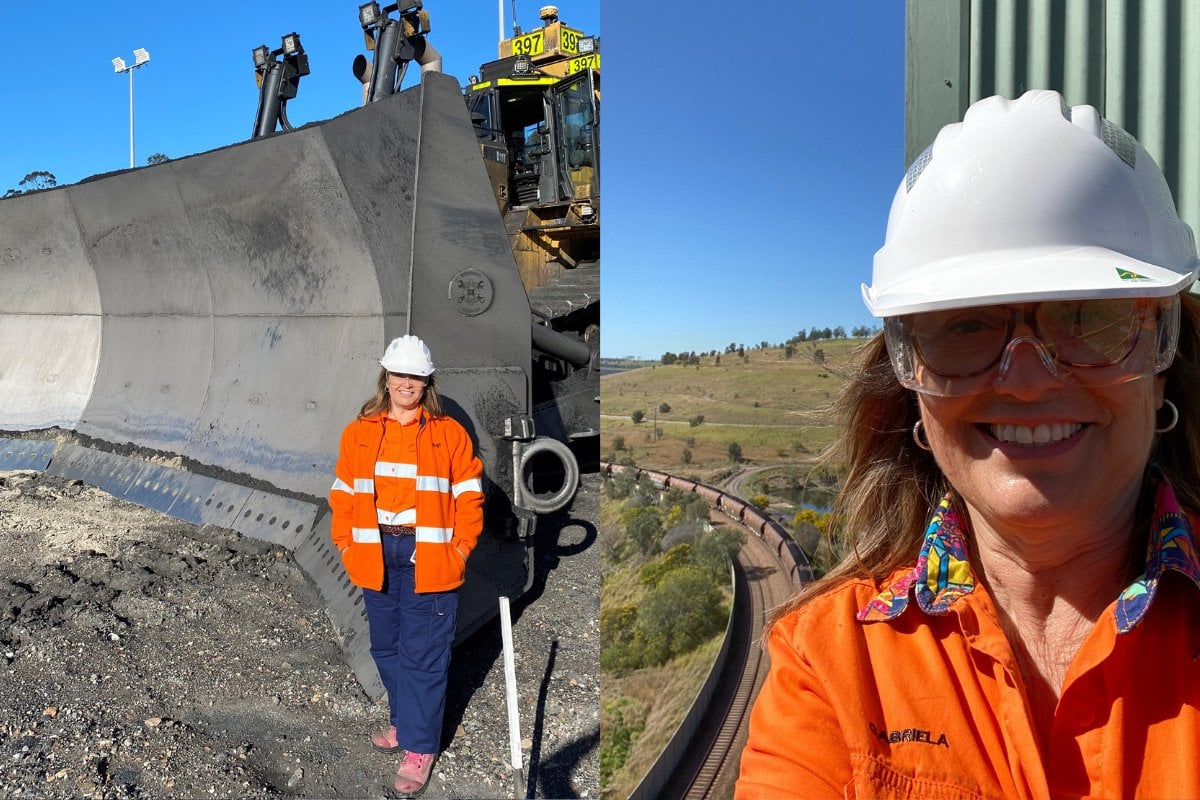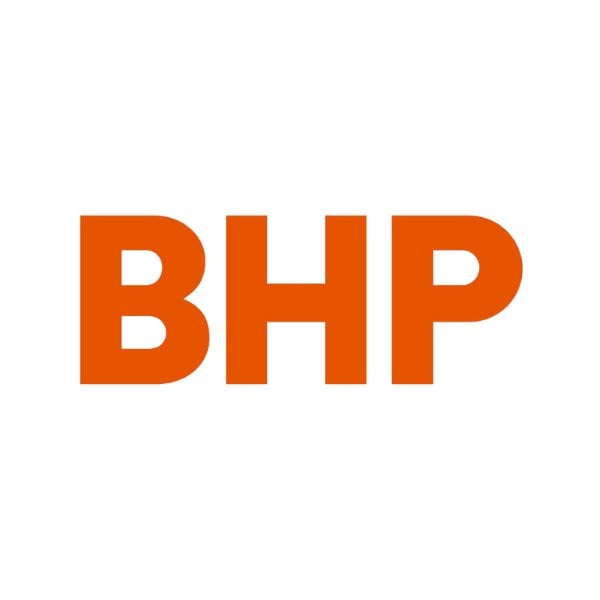

It was the 1980s, and Gabriela Love was just the eighth woman in the country to graduate as a Mining Engineer.
Almost 40 years later, and Love is the Manager of BHP’s Processing Plant and Site Infrastructure at Mt Arthur Coal mine, two hours north-west of Newcastle.
But the early days were tough.
Love was attracted to the industry as a teen, following a high school careers day. Mining and engineering were sold as “a passport to the world” promising “a well-paid career” with “huge opportunities for women,” Love tells Mamamia.
Upon graduation she gained entrance into the tertiary course. On her first day at university, she opened the classroom door only to see that in a cohort of 24 students, she was the only woman.
“I was in a bit of shock. I realised that ‘huge opportunities for women’ was code for, there are none!”
 Image: Supplied.
Image: Supplied.

